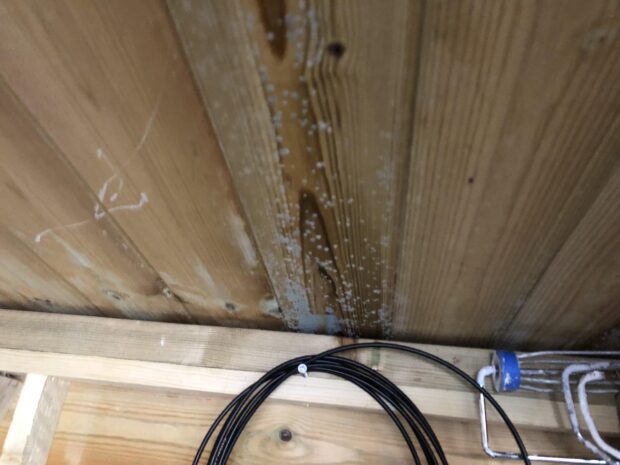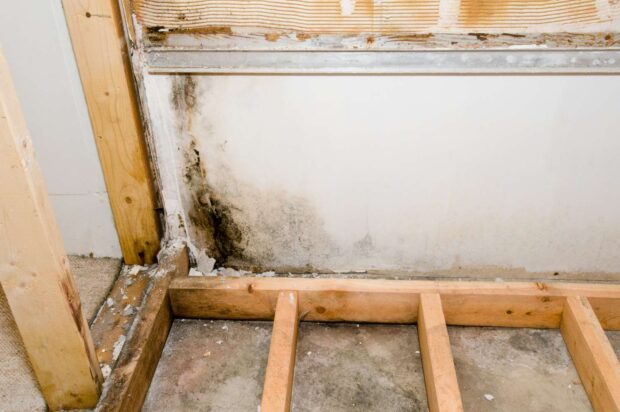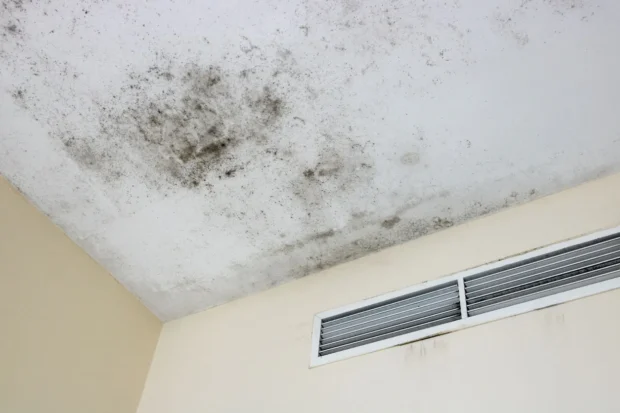In our increasingly digital lives, the presence of electronics has become ubiquitous—think laptops, gaming consoles, and smart home devices, all delivering convenience and connectivity. Yet, lurking in the shadows of our tech-laden sanctuaries, an insidious risk can emerge: mold.
This often overlooked organism thrives in damp environments, posing serious threats not only to our health but also to the longevity and functionality of our cherished gadgets. Imagine the frustration of discovering that what was once a vibrant workspace has now turned into a breeding ground for harmful spores, potentially damaging both our devices and our wellbeing.
Understanding the risks posed by mold in rooms filled with electronics is crucial. It’s time to delve into the factors that contribute to mold growth, the ways it can affect your electronics, and the preventive measures that can safeguard both your health and your technology.
How Mold Affects Electronics

Mold can infiltrate electronic devices in surprisingly insidious ways, often leading to catastrophic failures that stem from a combination of moisture and organic decay. When mold spores settle on circuit boards or into small crevices, they can create a conductive pathway, resulting in short circuits or erratic behavior of devices.
The presence of mold not only compromises the physical integrity of the electronics but also poses a risk of corrosion to metal components, eroding their functionality over time. Imagine opening your favorite gadget only to find a dark, fuzzy layer creeping across its surface; its not just unsightly, but its a potential harbinger of irreversible damage.
Furthermore, electronic devices generate heat during operation, which, when combined with humidity, creates an ideal breeding ground for mold growth. This unholy alliance can lead to a cycle of malfunctioning that often goes unnoticed until it’s too late.
Thus, the relationship between mold and electronics is a precarious one, reminding us to maintain a vigilant eye on the environments where our technology resides.
Identifying Mold Presence

Identifying mold presence in environments laden with electronics requires a keen eye and a proactive approach. Start by looking for telltale signs: discoloration on walls, the unmistakable musty smell, or even visible fungal growths—usually appearing as green, black, or white patches.
But beware; mold loves to hide. It often lurks in damp, dark corners or behind appliances, where humidity accumulates unnoticed.
If you’ve had recent water leaks or high humidity levels, your risk skyrockets. For those with a heightened sensitivity to mold spores, even a small amount can trigger health issues, making swift identification crucial.
In some cases, a simple moisture meter can reveal hidden dampness, alerting you to potential mold hotspots before they escalate. Don’t leave your electronics vulnerable; regular inspections and vigilance are key to maintaining a mold-free environment.
Protecting Your Electronics from Mold Damage

To safeguard your electronics from the perilous grasp of mold, a few proactive strategies can prove invaluable. First and foremost, maintain optimal humidity levels in your space; a relative humidity of 30% to 50% is ideal, as it creates an inhospitable environment for mold spores.
Furthermore, ensure proper ventilation around your devices—avoid cluttering surfaces where electronics reside, and consider using fans or dehumidifiers to promote air circulation. Regular cleaning is equally essential; dust not only harbors hidden moisture but can also serve as a breeding ground for mold.
Another critical measure is to protect your devices with moisture-resistant covers when they are not in use, providing a barrier against potential humidity spikes. By incorporating these practices, you not only extend the lifespan of your electronics but also foster a healthier living environment—one that keeps mold firmly at bay.
Conclusion
In conclusion, understanding the risks of mold in rooms with electronics is crucial for safeguarding both your health and your valuable devices. Mold can thrive in damp environments, posing serious risks not only to the electronics that can be damaged by moisture but also to the occupants who may face health challenges, particularly from toxic types like black mold.
It is essential to regularly monitor humidity levels, maintain proper ventilation, and promptly address any signs of mold growth. For those who suspect a serious infestation, conducting Black Mold Testing is a proactive step that can help identify and mitigate potential hazards. By taking these precautions, you can ensure a safe and healthy space that protects both your electronics and your wellbeing.




